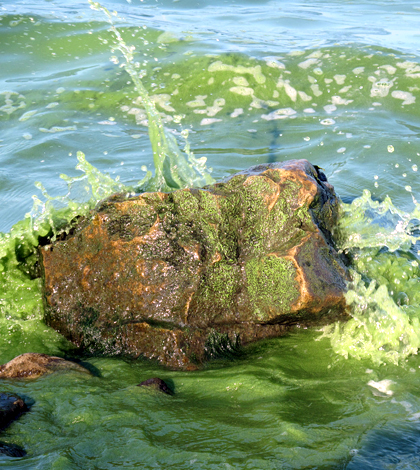Ohio Senate bill looks to curb algae blooms in state’s lakes

A bill has been introduced in the Ohio State Senate that looks to grant state agencies, including the Ohio Department of Natural Resources, new regulatory powers to control fertilizer runoff, according to The Columbus Dispatch. Excess runoff is believed to be the cause of large algae blooms that have begun occurring more frequently in Lake Erie.
The bill, Senate Bill 150, would give the ODNR power to cite farmers for pollution if rain washes too much fertilizer off their fields. It would also bring about new training programs that farmers would have to complete before they could apply it to crops.
Farming is the No. 1 industry in the state, making the bill somewhat controversial. Ohio officials say that any plans put on the table will be vetted properly, but point to other blooms in St. Mary’s Grand Lake, Buckeye Lake and other water bodies to show that action is needed.
The blue-green algae, or cyanobacteria, are common in most Ohio lakes, but grow thicker when feeding on phosphorus in fertilizers, manure and sewage that wash into streams when it rains. The algae produce toxins that can sicken people and kill pets and wildlife.
Image: Lake Erie algal bloom 2011 (Credit: Brenda Culler / Ohio Department of Natural Resources)




0 comments